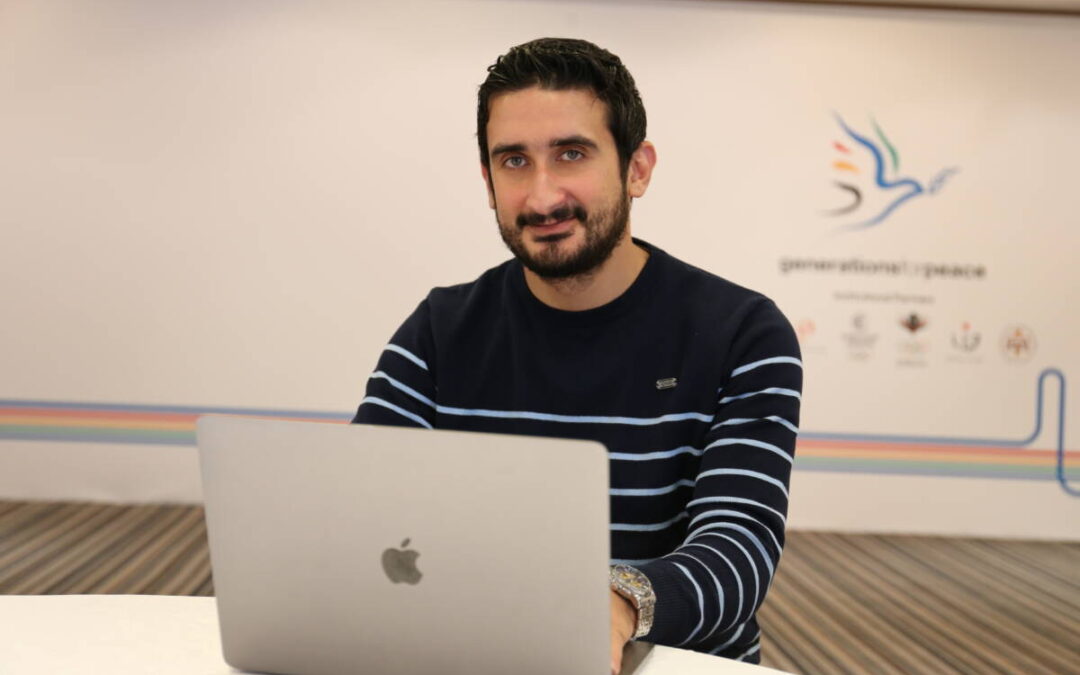Artificial Intelligence for Monitoring and Evaluation (AI for M&E)
By Abdelatif Ghatasheh, Monitoring, Evaluation, Accountability, and Learning Officer
When talking about Artificial Intelligence (AI) most people tend to think of futuristic things, for example, thinking of a robot that can mimic human behavior, a machine that can do our homework, or a device that can read our minds! Yes, these are the aspirations of AI experts and sometimes referred to as Artificial Superintelligence (ASI) where a machine can surpass human intelligence and can be self-aware, we are not there (yet!).
However, there is more to AI that we have nearly mastered! This is referred to as Artificial Narrow Intelligence (ANI); where programmes or machines excel in a very specific task and do better than an experienced human; or completes a task in significantly less time and effort than a human would. For instance, there is already a device that can (and did) beat the best human chess player, facial recognition software that is used by different banking systems to identify clients, or simply the AI that provide content recommendations on different social media platforms.
There are already AI applications helping in various fields including health care, enabling better diagnosis and treatment suggestions; in security, such as Microsoft providing an AI tool to detect pedophiles on online chats, or an AI-powered app that helps China’s most remote villages fight poverty! There are endless possibilities of what AI could contribute to; as much as $15.7 trillion to the global economy, and up to 26% boost in GDP for local economies by 2030. AI could also contribute to all 17 UN Sustainable Development Goals, helping millions of people in both developing and developed countries.
In a report by Devex, USAID and DAI about next generation development professionals, around a quarter of development professionals surveyed identified artificial intelligence among the most important technology areas for development professionals to learn and use, however most agree it is not a question of whether AI will impact development, but rather when and how. According to this report, the impact of AI will be most significant in Monitoring & Evaluation (M&E).

The Generations For Peace MEAL unit is actively piloting different tools to leverage its outputs’ quality and drive a shift towards a more AI-based procedures and solutions. The team currently, utilises pre-designed packages to help automate data cleaning and identify outliers, it also uses AI Transcription services (using AI to transcript audio and videos into narrative text) which can be used alongside Machine Learning Voice-to-Text Services, and an AI-Based System to Semi-Automate Coding for Qualitative Research. GFP aspires to create and adapt more tools that are specifically designed to implement specific tasks that support the Institutional Learning Department’s roles as well as the overall GFP’s mission. With endless possibilities, the key question now is “What’s next?”


